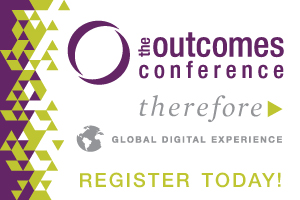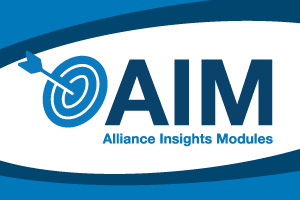
Five Years of Patience By Mark L. Vincent
What does 5 years of patience require?
The apostle James gives us an admonition folks seem to be fond of quoting during Pandemic Time:
“Now listen to me, you that say, ’Today or tomorrow we will travel to a certain city, where we will stay a year and go into business and make a lot of money.’ You don’t even know what your life tomorrow will be! You are like a puff of smoke, which appears for a moment and then disappears. What you should say is this: ‘If the Lord is willing, we will live and do this or that.” (James 13-15 GNT)
But James also invites his readers to anticipate a future reward (1:12) keep their hopes up and look for the Lord’s coming (5:8).
We have similar duality with Jesus, who tells us not to worry about tomorrow because it will have its own troubles (Matthew 6:34), yet advocates for calculating the future cost of a project — particularly if you want to be a disciple in his kingdom (Luke 14:25).
Faith-centered Living
So how do we reconcile faith-centered non-anxiety of living in the day we are in with the virtuous, future-oriented store-housing of the ant that old King Solomon points to in Proverbs 6?
How do we do this in anxious times?
How do we balance this duality when it seems the storehouses emptied out when we weren’t looking?
The Key Question
A question I’m frequently asking CEOs and Executive Directors is whether they and their board have five years of patience.
It is a good question to ask when facing major, disruptive or transformational change. And right now certainly qualifies as major, disruptive and transformational!
Change at this depth usually takes:
- 1-2 years to intentionally create the awareness of the need to change and to build the desire to change. Sometimes, in crisis, this stage shortens up. Usually, however, the changes folks are now ready to make are those they’ve been resisting for a year or two already. They cannot postpone the change any longer because it would be too painful. Consider meeting virtually, for example, and the number of people who made the transition because they lost all other options. Now they are saving money and time that they could have saved all along.
- a year to implement the change and for people to become comfortable in their knowledge of its requirements and their role (this is (sometimes noted as the year of working without a net);
- a year to live into the change, during which the ability to live into the new reality grows. This year becomes a baseline year upon which trend lines can be established;
- a year in which changes are reinforced. This fifth year is the comparative year, during which new trend lines can be established.
Resistance to Slower
There is a lot of resistance to the notion that it takes five years to foster needed and lasting change in an established organization. CEOs are tempted to think they or their company is the exception. They think their level of experience, the force of their will, or the demands of a changing marketplace make them different than others who proceed more thoroughly and deliberately. They too often close their minds to the care and detail it takes to implement major change and make it stick.
The Danger in Faster
(1) Go faster than five years and watch the carnage pile up. Perhaps extensive personnel turnover is needed to rescue an organization. With a five-year intentionality, making those personnel changes becomes the preparation exercise of years one and two, rather than the painful necessity of years four and five as you remove painful blockages to changes you are unsuccessfully trying to implement.
(2) Plan for a shorter horizon and remove the ability to learn as you go. Perhaps you know the right answer, the best solution and the correct tools. Implement them by throwing everyone into the deep end of a new pool, however, and the time that it takes to get in a new flow together quickly uses up 1-2 years. Your people need the same amount of time to learn that you required.
(3) Fail to account for this five-year horizon and discover how difficult it becomes to manage contingencies and incorporate new insight. Perhaps you’ve lived through such a change elsewhere, but it wasn’t here. Think through the time it took you to learn and develop new ability the first time. Others need to same opportunity for development.
Focus Required
Can it go faster? Under unique circumstances, perhaps. However, the CEO might also understand that it can also go more slowly than they prefer. Regardless of the time it takes, fast or slow, leadership craftsmanship requires focused attention for a sustained period of time. Fast or slow, there are no shortcuts.
Do you and the leadership alongside you have this length and depth of attention span to foster and implement major change? Are you cultivating this level of patience during Pandemic Time? If the answer is something other than yes, your alarm bells should be ringing.
Patience, with sustained attention is a leadership virtue, distinguishing management of what is from movement toward what needs to be.
####
Mark L. Vincent is Founder of Design Group International, a process consulting Community of Practice.

Register for the Outcomes Conference Digital Experience On Demand.
Engage in the community, participate in 110 learning experiences, earn CE credits, and gain the knowledge you need for the days ahead!
www.OutcomesConference.org

What is Christian Leadership Alliance?
Christian Leadership Alliance equips and unites leaders to transform the world for Christ. We are the leaders of Christ-centered organizations who are dedicated to faithful stewardship for greater kingdom impact.
Sign up for FREE blog updates.
Upcoming Events
Check back later!



